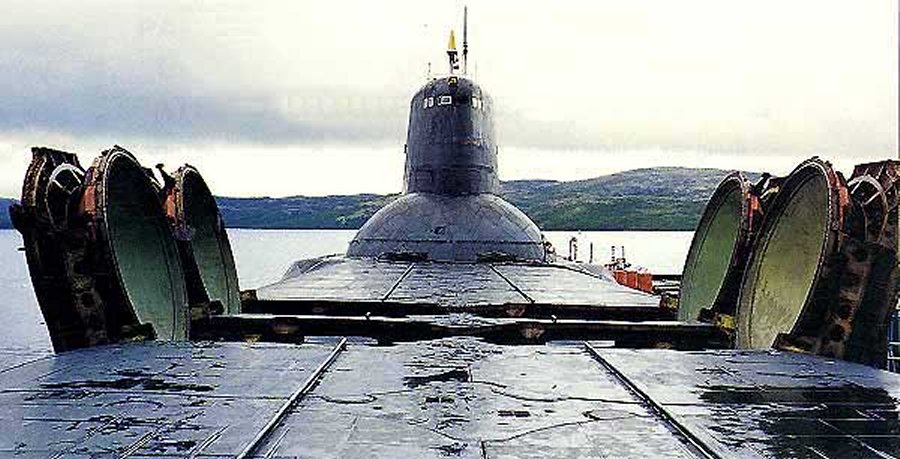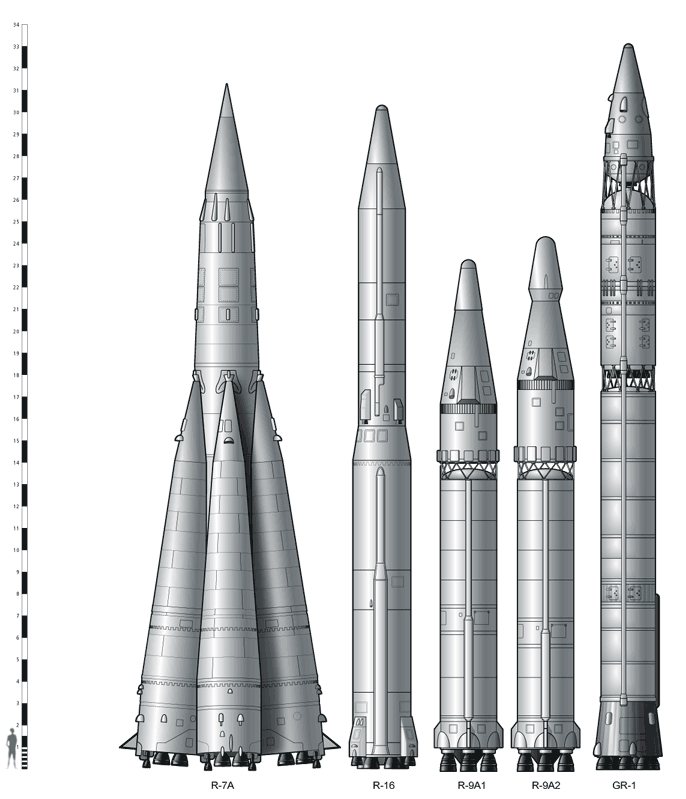R-39 Rif
R -39 " Rif " was a submarine -based intercontinental ballistic missile ( SLBM ) Soviet-made. The NATO code of the weapon system is SS-N -20 Sturgeon. The GRAU index for the missile system is D -19 and the missiles carry the designation 3M65. In the START treaties it is listed as RSM -52 Shetal.
Development
In 1971, the first studies to develop a new, heavy submarine -based intercontinental ballistic missile with solid propulsion began. This missile should be the main armament of future submarines of the Typhoon class (Project 941 " Akula "). The R -39 was created as a response to the development of the Trident missiles in the U.S.. In 1973 the machine design office Makheew the development contract was awarded. The development was characterized by continuing problems with the solid - rocket propulsion. Several times had to be revised the draft. In September 1977, the first test launch took place. The first successful rocket flight took place in December 1980. In December 1981, was the first launch from the submarine TK -208, a boat of the Typhoon class. On June 29, 1984, the R- 39 was formally included in the armament of the Soviet Navy.
The R -39 is the world's largest and heaviest submarine -based intercontinental ballistic missile.
Variants
- R -39 Rif (RSM -52 Shetal ): Initial version with 3M65 missile, introduced in 1984.
- R- 39U Rif -U ( RSM - 52M ): 2nd series version introduced in 1988 with 3M65M rocket with increased precision and improved warheads..
- R- 39UTTKh Grom (RSM - 52V Bark ): Further development of the R- 39U with improved 3M91 missile. After four failed test launch, the program has been discontinued. ( NATO code: SS -NX -28).
Technology
The 3M65 was a three-stage intercontinental ballistic missile with solid - rocket engines. The stage consisted of two main propulsion stages and a third stage with the re-entry support ( engl. Post Boost Vehicle). The driving stages were mounted one above the other and set fire sequentially. The first stage consisted of the first input stage of the RT -23 intercontinental ballistic missile. The covers of the first two driving stages consisted of composite materials. The envelope of the third input stage consisting of a titanium alloy. The missile can be launched from the surfaced or from the submerged submarine, individually or in an interval of 15 seconds. The 3M65 missile was equipped at the nose cone in addition to the cocoon - starting stage. This consisted of a ring of solid rocket motors, which were arranged axially on the rocket body. This starting stage was ignited after the missile had been ejected by gas pressure from the start silos. This drive led the rocket to the surface. He produced a Kavitationsgasblase, which reduced the fluid dynamic stress on the rocket surface. After the rocket had pierced the water surface, the first drive stage was ignited. After that, the cocoon - start stage was jettisoned from the rocket tip and transported by rocket propulsion from the trajectory of the rocket. The control of the 3M65 missile takes place in the first flight phase by means of inertial navigation platforms. After burning the first two driving stages ( engl. boost phase ), the third stage increased with the re-entry support continues on a ballistic curve. Now this could make the last position changes. The control in this phase of flight carried out using an electro-optical celestial navigation system. The 10 MIRV re-entry vehicles were arranged on a concentric ring around the rocket nozzle of the third stage. The re-entry vehicles were fired in a sequence, in which the carrier between each led by course corrections to their individual ballistic trajectories. The re-entry vehicles were equipped with a thermonuclear warhead. This had an explosive power of 100 kt and could be fired in the air or on the ground. The re-entry reached a precision (CEP ) of 500 m. Due to the relatively low hit accuracy, the SS -N -20 was " soft targets " such as population centers, industrial complexes, docks, airports and railway junctions are used only against inhaled. U.S. and NATO experts saw the SS-N -20 as an effective second-strike weapon but also a successful first strike could be performed.
Status
A total of six submarines of the Typhoon - class were built and equipped with 20 SS-N- 20 missiles. The maximum stationed on submarines Number SS-N -20 missiles was 120 in 1991. During the START negotiations, these submarines were decommissioned in 2005. The samples taken from the submarines missiles were dismantled at the factory, scrapped and recycled. As part of the separation of the R- 39, the U- boats TK -13 and TK -20 launched in 1997, respectively, all 20 missiles in salvo. The missiles were blown up after a certain flight time and the remains fell into the sea. The last available by the still 151 SS-N -20 missile was destroyed in 2012.


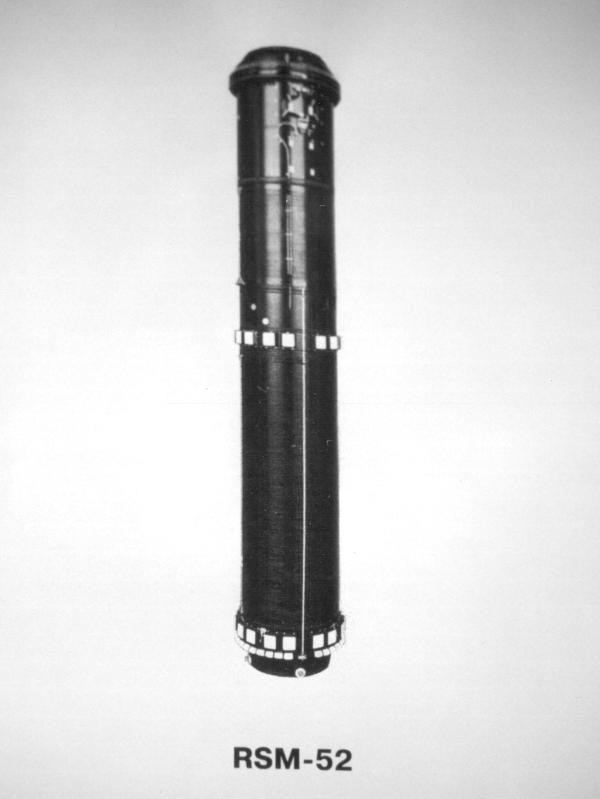
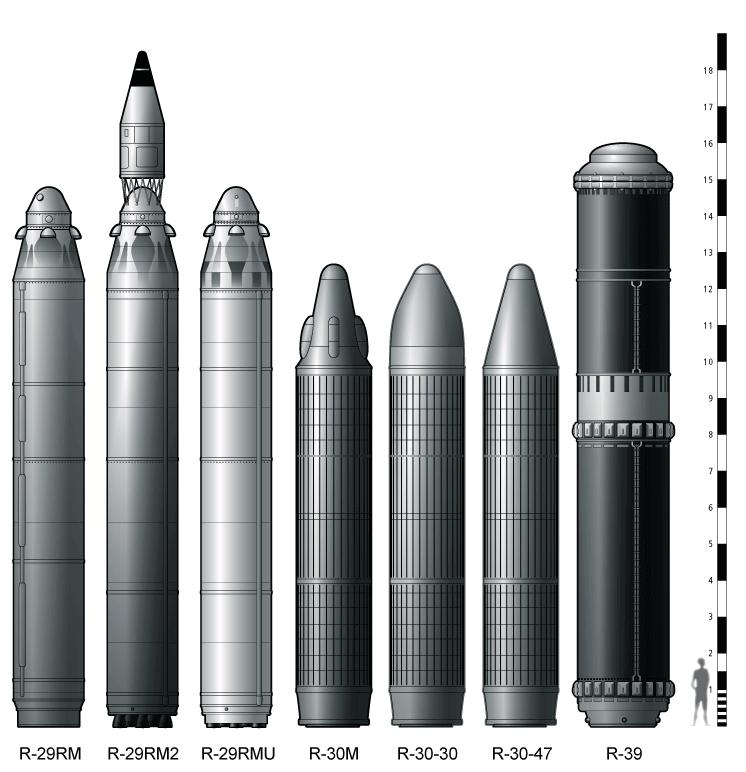

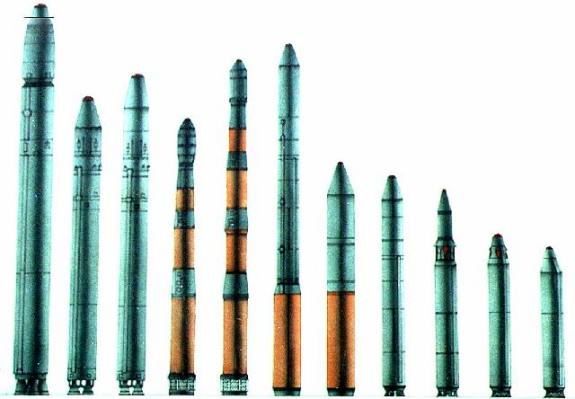

_citrain64.gif%253Ftype%253Dw2)
